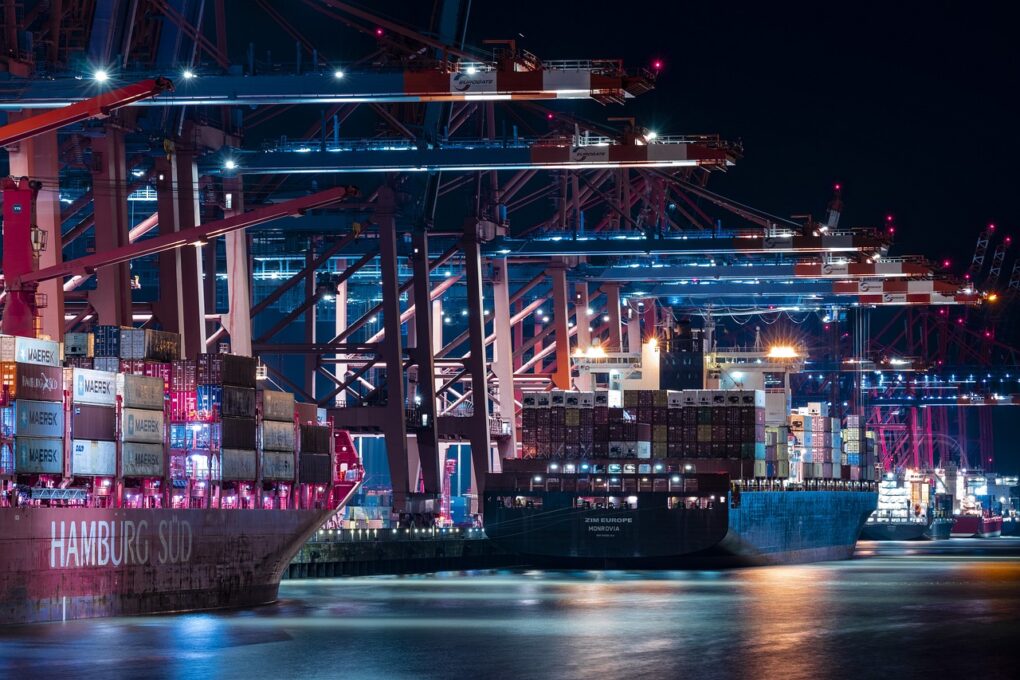Shipping products always carry some amount of risk. At any point in the shipping process, products might become damaged, lost, or stolen, which increases business expenses and could put businesses at risk of failure. Thus, before any business leader engages with shipping, they need to know the answers to these crucial shipping questions.
Questions About The Products
So many of the details of shipping are dependent on the types of items a business is trying to send here and there. Before devising a shipping strategy, business leaders need to understand everything they can about the products in their shipments, which means asking some of the following crucial questions:
Where Do Products Ship From And To?
There is a big difference between shipping a package across town and shipping a package around the globe. Departure locations and destinations can determine much about the shipping process, from altering how a product is packaged and labeled to dramatically increasing or decreasing shipping costs. The route shipments travel might demand greater protection for packages from shippers and carriers. Business leaders might consider placing limitations on where they are willing to ship products to keep these details of the shipping process more standardized.
What Size And Weight Are The Products?
As products become larger and heavier, shipping needs change. Business leaders need to prioritize keeping their products safe during shipping, whatever their size. They might also need to alter their shipping and return policies to account for the higher price of transporting large items. However, this might mean offering other services, like repairs, to customers who receive damaged goods.
Are Products Fragile Or Temperature-Sensitive?
Shipping will always be a risky process, and all packages are subject to some bumps. Business leaders need to ensure that their items are packaged appropriately to offer full protection. Particularly delicate shipments might require extra packaging as well as labels that indicate to carriers that additional care is needed. Temperature-sensitive goods, like medical supplies or perishable food, will need special shipping containers and temperature indicators to provide information about the temperatures experienced by packages during transit.
What Are The Profit Margins On The Products?
Companies that are enjoying large margins on product sales can afford to spend more on shipping. They might take insurance on their packages, invest in deluxe packaging materials and offer high-quality repair and return policies to customers. In contrast, slim margins might make companies more cost-conscious when it comes to shipping products and processes.
Are There Any Unique Restrictions Associated With Shipping Products?
There are regulations about what can be shipped and how. For example, international shipping regulations prohibit sending a number of volatile products over national lines, including items like aerosol sprays, cigarettes, ammunition, and any poison. Some dangerous products can be shipped, but they must be packaged in a certain way to keep carriers and customers safe. Business leaders might consult shipping experts to learn more about any regulations that might apply to their goods.
Questions About The Business
How the business operates — and how business leaders hope to build their brand identity — can significantly impact shipping. The shipping process is one of the few business processes that customers experience acutely; if shipping is slow, disrupted, or delayed, customers are likely to know about it, and if products arrive damaged due to improper packaging or rough handling, customers will be upset. On the other hand, most business leaders do not want to dedicate too many resources to shipping, which can become an expensive endeavor when unchecked by strategy. Thus, leaders need to ask themselves and their staff two crucial questions:
What Experience Is The Business Trying To Create?
Shipping can have a profound effect on the customer experience, so businesses need to be careful to control those aspects of shipping that can make a difference. Understanding the details of the intended experience can help drive decision-making, especially in the shipping process, to achieve business goals.
What Resources Are Currently Available To Optimize Shipping And Fulfillment?
Business leaders can draw upon all sorts of resources, from money and staff to software and storage, to improve shipping processes. It might be worthwhile to free up some resources, so companies can fine-tune their shipping processes and create optimal strategies that reduce waste into the future.
In Conclusion
The more business leaders think about their products, business, and customers while developing processes; the more successful those processes are likely to be. As a complicated process, shipping deserves plenty of time and attention from leaders, who should strive to identify and mitigate as many risks as possible.
Feature Image: Pixabay
Looking for something else?

